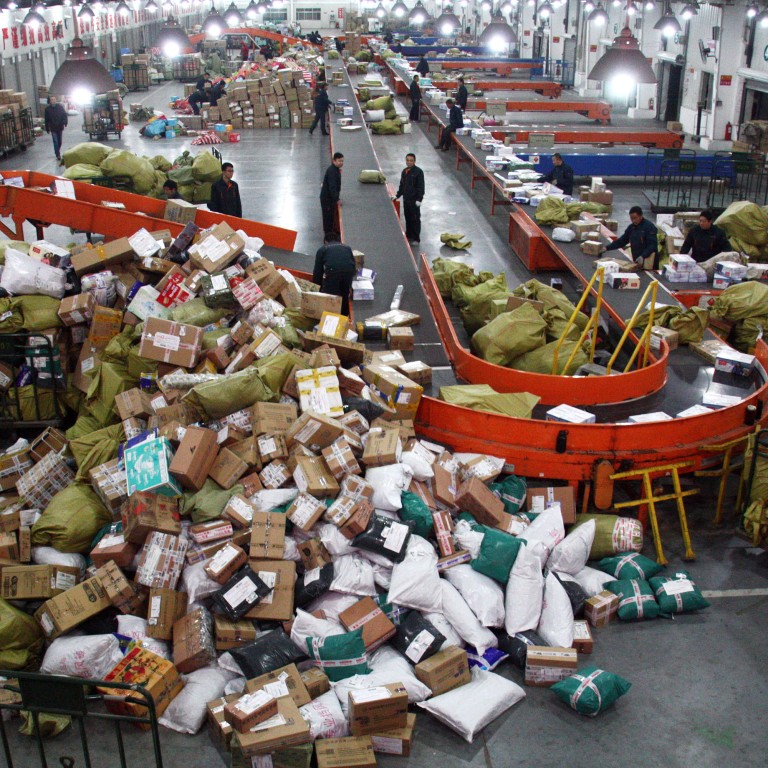
Update | Logistics facility owner GLP to lower China development targets
Global Logistic Properties, the biggest owner of modern logistics facilities in China, announced on Friday it will slow down its development projects in the mainland after the unusual departure of customers in June amid the stock market rout as well as short-term weak demand from some sectors including solar panels and in certain cities such as Tianjin and Dalian.
The company plans to cut annual targets for new starts to US$1.7 billion from the previous US$2.2 billion and completions will be lowered by 20 per cent to US$1.1 billion, although it maintains a positive view for the long term.
“The recent capital market incident has created some concerns among customers and we just want to take a more conservative approach,” chief executive officer Ming M. Mei told investors after reporting a 49 per cent year-on-year growth in global earnings to US$268 million during the April-June period, led by higher asset values and development gains.
Shares of Singapore-listed GLP fell 8 per cent to end at S$2.3, underperforming a 1.45 per cent drop in the city state’s benchmark FTSE Straits Times Index.
The stock market in Shanghai closed down 1.13 per cent on Friday, taking total loss in July to 14 per cent, the worst monthly decline since August 2009. Across the world, many companies including auto makers are predicting that a slowdown in China will hit their profits in the second half.
During the quarter, GLP started US$428 million of new developments across four major markets including Japan, Brazil and the United States, and completed US$453 million of developments.
China earnings were up 50 per cent to US$99 million, as a 25-basis-point compression in cap rate to 6.5 per cent drove up fair value.
“In June particularly, we had quite a bit of move-out, although leasing continued to be strong,” Mei said. “In July, leasing was strong and move-out was very low.”
“We want to be more disciplined and we have no issue with a slowdown if we are not sure about the short term,” he added. “We will be happy to drive it up once we see more concrete evidence.”
New leases in China during the quarter was up 29 per cent from a year earlier to 690,000 square metres, with rent growth on renewal up 7.3 per cent.
However, its China lease ratio fell to 88 per cent from 91 per cent three months earlier and also below its global average ratio of 92 per cent.
The company saw improvement in Wuhan and Shenyang over the past two quarters as oversupply was absorbed, but demand remained weak in the port cities of Tianjin and Dalian.
There is also market consolidation in China’s e-commerce market and some weakness in the solar panel and auto industries, GLP said.
GLP earlier this month established its second China investment fund of US$7 billion, more than double the size of its first one raised in late 2013.
That expanded GLP’s fund management platform by 36 per cent to US$27.1 billion.
The company has entered an agreement to acquire a US$4.55 billion logistics portfolio in the United States. That deal, once completed in November, will make it the second-biggest US logistics owner after Prologis within one year of its entering the market.

